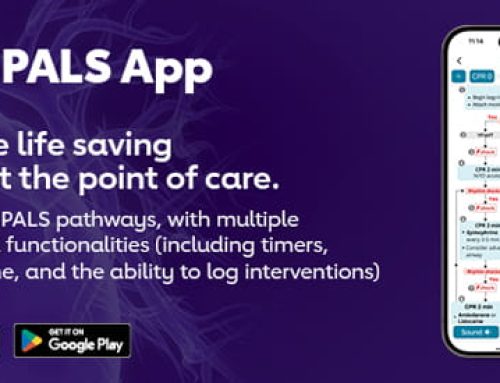CPR: understand what, when and why
Cardiopulmonary resuscitation (CPR) acts as a first aid system that provides a lifeline in the event of a heart attack or cardiac arrest. CPR aims to provide quick help and practical skills to maintain blood flow and, in some cases, breathing until professional medical help arrives.
The impact of CPR on survival cannot be overestimated; potentially doubling or tripling survival rate. Additionally, timely administration of CPR can significantly reduce the risk of brain damage.
Who can startCPR? The answer may surprise you: Anyone, regardless of training or certification, can begin CPR as soon as they see a teenager or adult. This rapid action includes chest compressions, commonly known as CPR. However, babies and children may need ventilation, called mouth-to-mouth resuscitation.
So why is CPR performed? CPR is necessary when a person’s heart stops working. Events such as cardiac arrest caused by heart disease, drowning hazard, or traumatic injury require CPR.
During a heart attack, the heart cannot pump blood to vital organs, including the brain and lungs, and this becomes life-threatening. If left untreated, death can occur within minutes. By starting CPR, people can preserve blood flow to the body, freeing up significant time to obtain professional medical care.
It is important to distinguish between a heart attack and a heart attack. During a heart attack, blood flow to the heart is blocked, which can damage blood vessels. Unlike a heart attack, people who have a heart attack usually remain conscious and continue breathing. CPR is not necessary in such cases, although they may require immediate medical attention.
The resuscitation protocol follows a simple but systematic procedure summarized by the acronym C-A-B: compression, inhalation, exhalation. While formal education increases awareness, uneducated people can also benefit from the meme. Before starting CPR, be aware of the safety of your surroundings and call for emergency help.
Hands-Only CPR involves starting chest compressions immediately, maintaining a steady rhythm and depth until professional help arrives. Using familiar rhythms, such as those found in songs like “Stay Stay,” can help keep the tempo on track.
For persons trained in resuscitation, induction of ventilation is possible after a series of chest compressions. This includes clearing the way and giving the person air. However, untrained individuals should not perform rescue breathing and should focus only on chest compressions.
Although hands-only CPR is appropriate for adults and adolescents, the use of compressions and rescue breathing is still best for young children. CPR for children and babies follows specific techniques tailored to their needs.
There are a variety of pathways available to those seeking
CPR certification, including in-person, online, and blended learning. The degree usually takes two years and gives people the confidence and skills to respond effectively in an emergency.
In conclusion, resuscitation plays an important role in cardiac arrest, improving survival and reducing long-term damage. Whether it’s hands-only CPR or rescue breathing, rapid action and information are key to saving lives. For those seeking certification, organizations such as the American Heart Association offer training opportunities.
See more information here: https://www.health.com/
You can see our schedule here: https://
- Charlotte
- Rock Hill
- Gastonia
- Concord
- Cornelius
- Monroe
- Harrisburg
- Matthews
- Mint Hill
- Fort Mill
- Indian Land
- Kannapolis
- Belmont
- Wilmington
- Jacksonville
- Shallotte
- Carolina Beach
- Surf City
- Hampstead
- Sneads Ferry
- Leland
- Southport
- Greensboro
- High Point
- Hickory
- Columbia
- Florence
- Myrtle Beach
- North Myrtle Beach
- Surfside Beach
- Murrells Inlet
- Conway
- Ocean Isle Beach






Leave A Comment